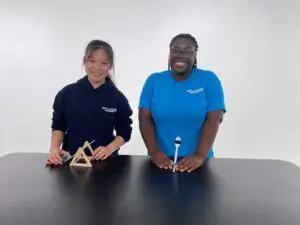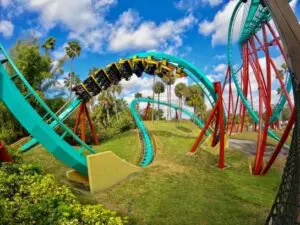Materials
Instructions
Guiding Questions
STEM Connections


 Students experiment with different soap products to see which one moves a cardboard boat across the water most effectively.
Students experiment with different soap products to see which one moves a cardboard boat across the water most effectively.



Thank you! Your submission is processing.